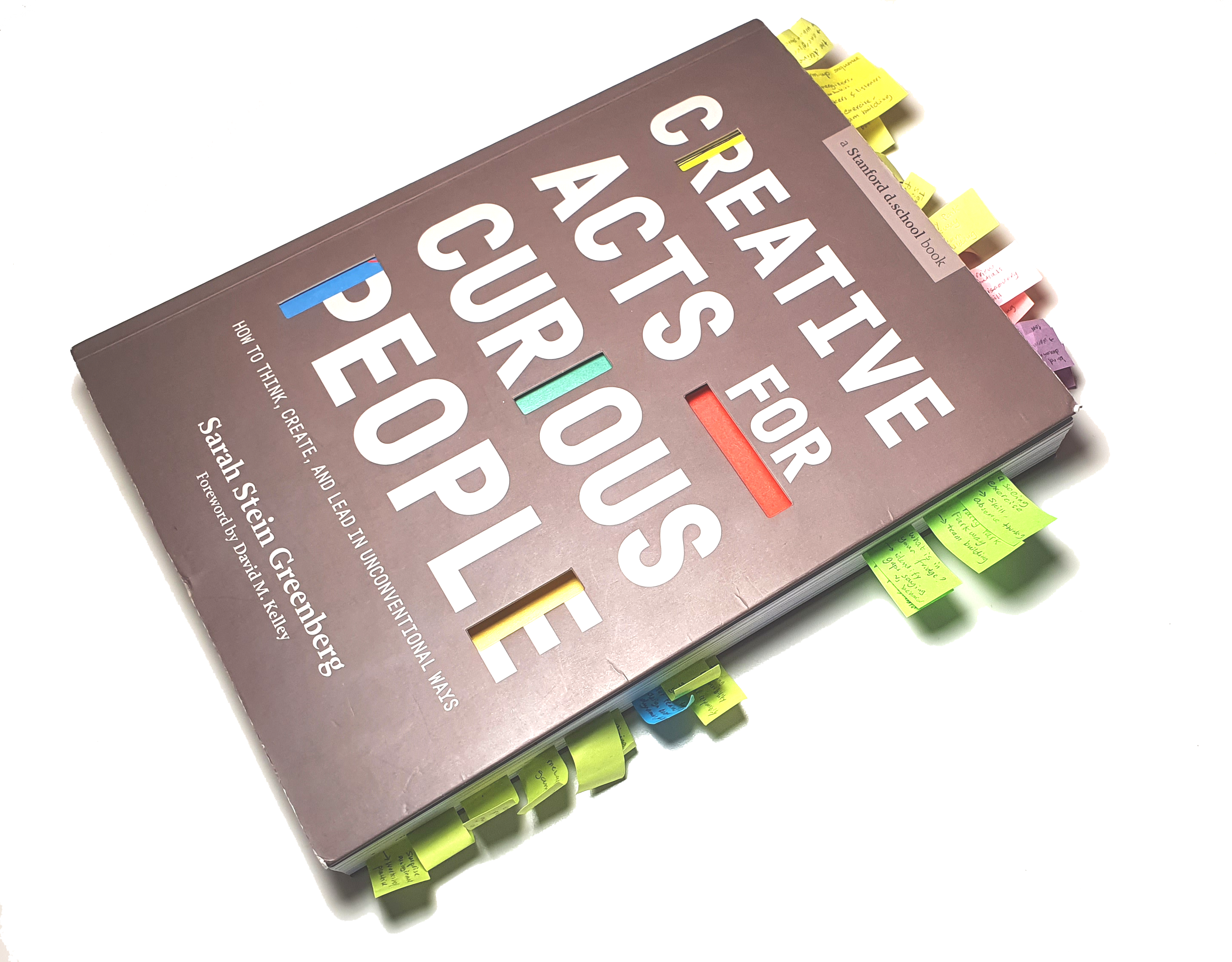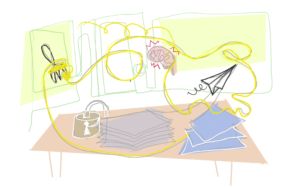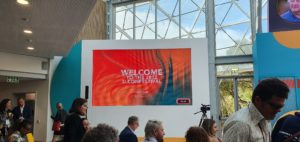My copy of the great book “Creative Acts for Curious People” by Sarah Stein Greenberg from the Hasso Plattner Institute of Design at Stanford ( d.school ). The book not only gave me a flavor of the famous d.school classes and activities, but provided lots of insights and practical advice on how to think and behave as a designer, not to mention the very clever illustrations.
One of my takeaways from the book is that tools and techniques of design are not restricted to the ones that we are familiar with as d.thinkers, but you can remodel or even invent your own “creative acts” to suit the needs of the moment, sort of redesigning your design work.
As a healthcare design thinker, I’m happily surprised by the various examples mentioned of how to apply creative techniques in healthcare. The one that stood out for me is the “day in the life” assignment which Jules Sherman has been teaching her medical students to help them understand the world through patients’ eyes. What if that and other creative exercises became part of the standard medical education? how would that reshape the broken patient-doctor relationship? and what impact would that have on the experience and outcomes of care delivered by design-oriented doctors?
On another note, I had the privilege to study and learn the art and science of facilitation during the past two years, and I’ve been noticing parallels between the two worlds of design thinking and process facilitation. This book has affirmed that notion and made it very obvious that facilitation is a critical skill for successful design endeavors as it brings out the collective wisdom and creativity of the design team. I like to think of it as embedding a human-centered approach of team work through facilitation towards the human-centered approach of design and problem solving.




